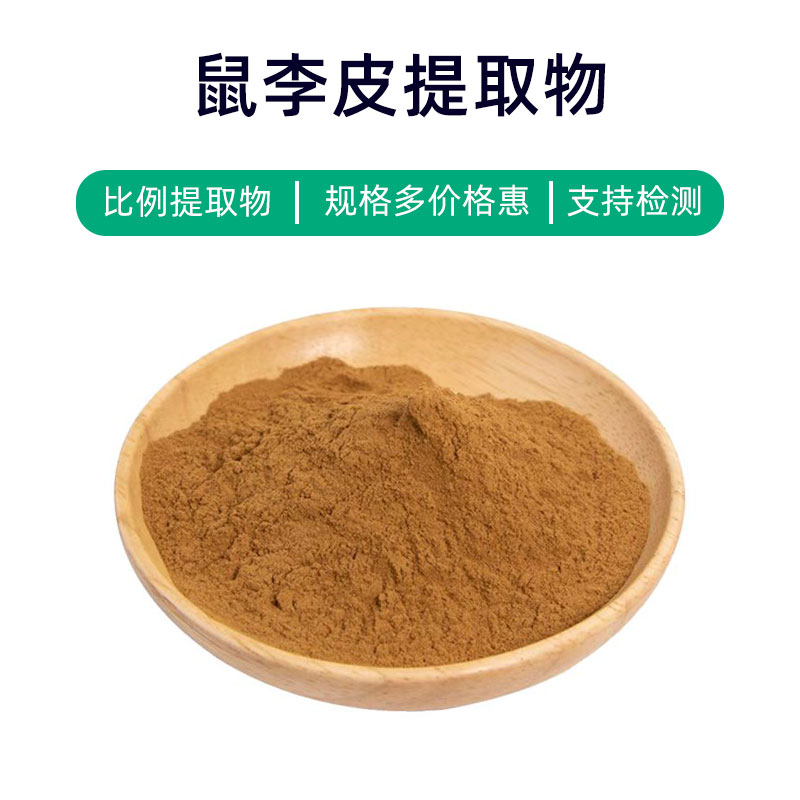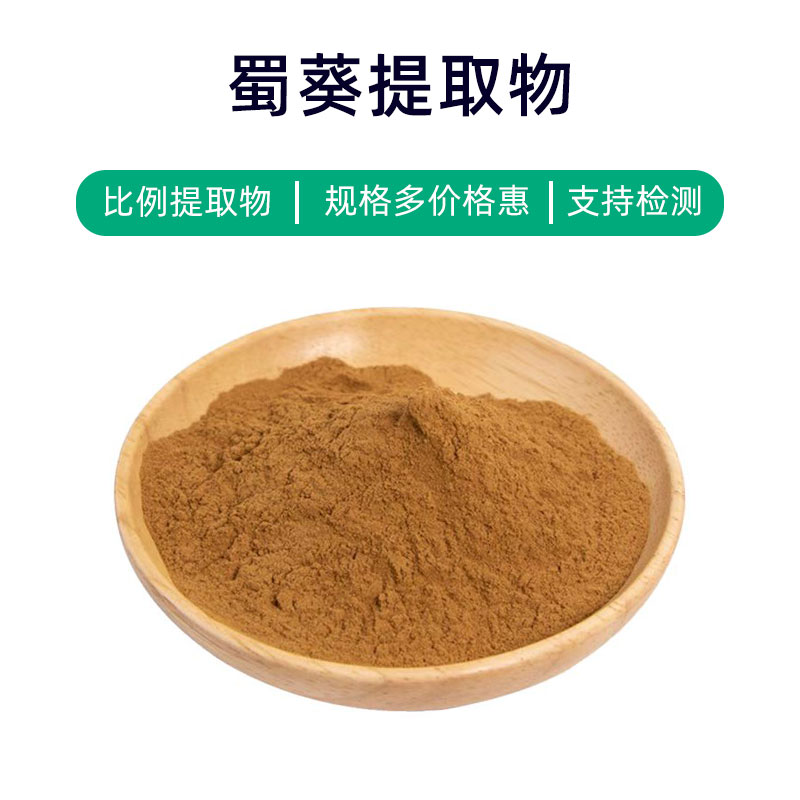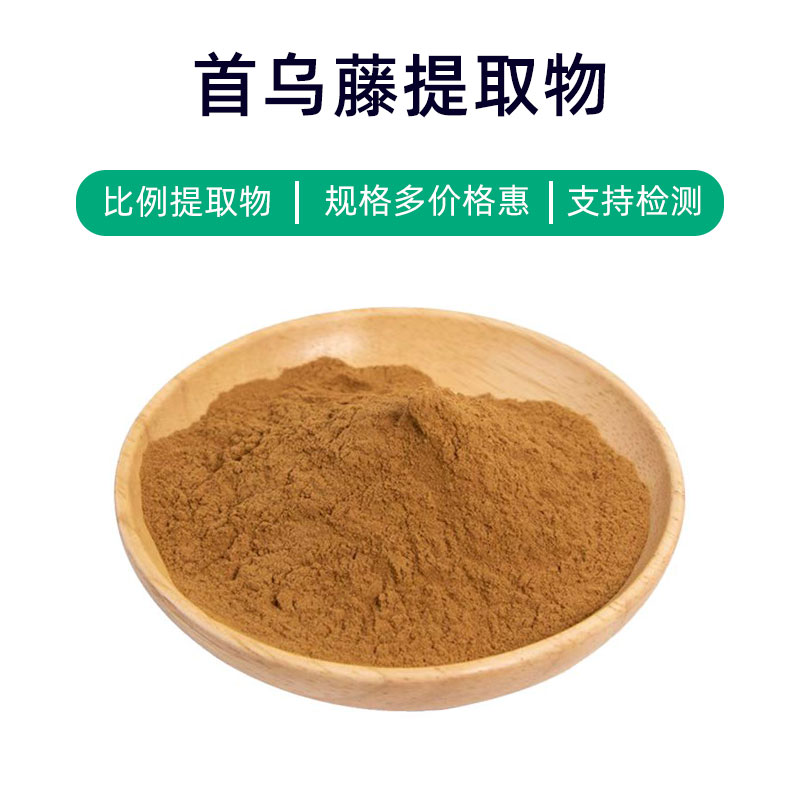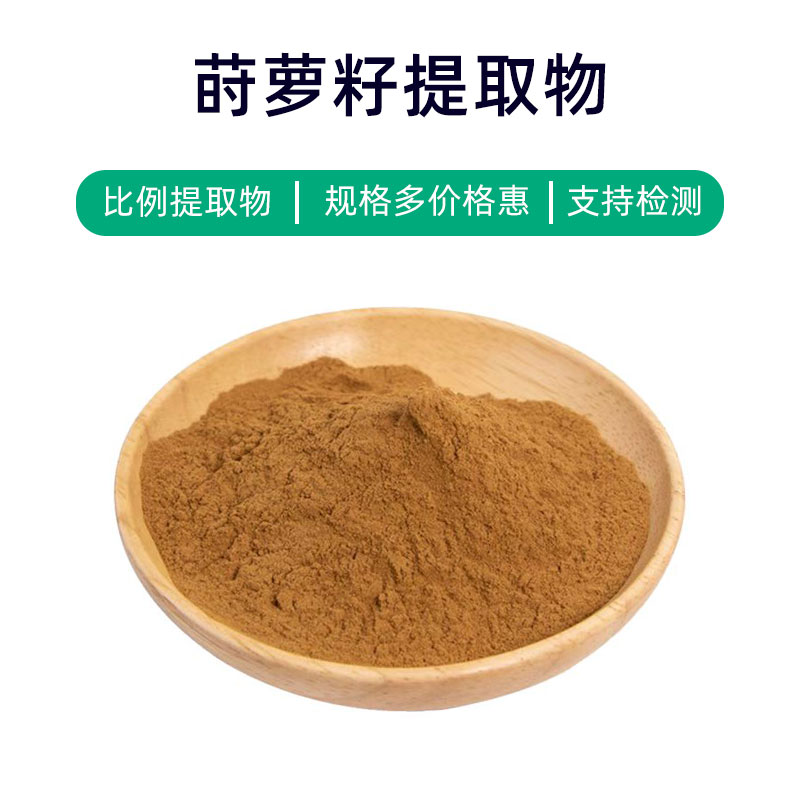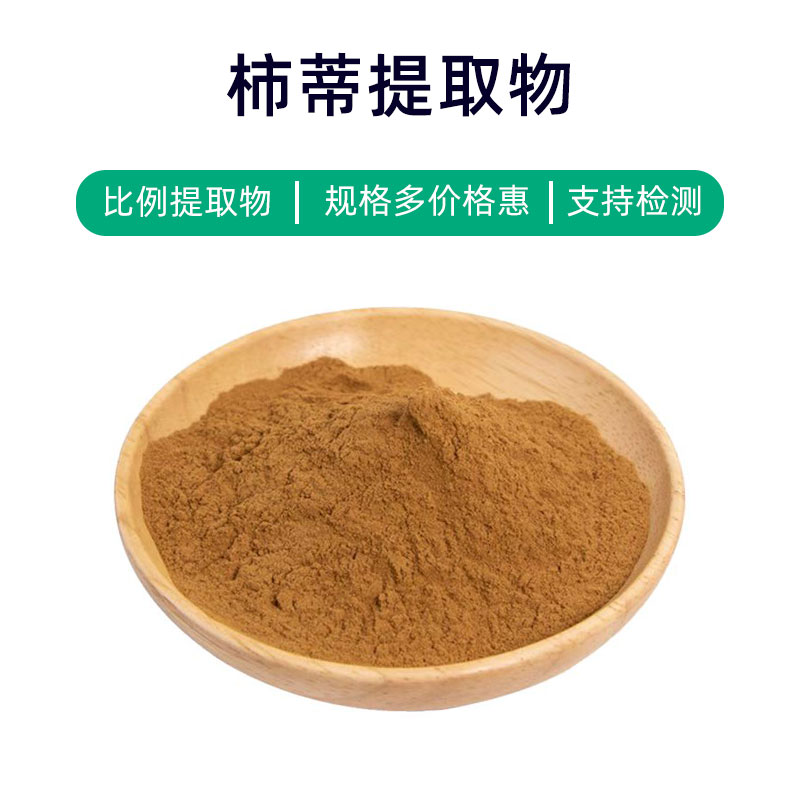Perilla Extract Product Introduction
Perilla extract is a natural plant extract obtained from the leaves of the Perilla plant. Its main components include perilla alcohol, perilla ketone, and various flavonoids, which bestow it with multiple benefits and application value.
Firstly, perilla extract possesses antioxidant properties, capable of removing free radicals in the body, slowing down the aging process, and protecting cells from oxidative damage. Secondly, it also exhibits anti-inflammatory and antibacterial effects, helping relieve inflammation and inhibit bacterial growth, thus promoting skin health. Additionally, perilla extract has been found to have anti-allergic and antiviral properties, aiding in the management of allergic diseases and preventing certain viral infections.
In terms of application, perilla extract is widely used in medicine, health supplements, food, and cosmetics. In medicine, it is often used to prepare antioxidant, anti-inflammatory, and anti-allergic medications for treating skin inflammation and allergic conditions. In the health supplement field, it is used to produce anti-aging and beauty-enhancing supplements, improving skin condition and delaying skin aging. In food, it is frequently added to various functional foods to enhance nutritional value and antioxidant capacity. In cosmetics, perilla extract is commonly found in skincare products, shampoos, and more, offering moisturizing, antioxidant, and anti-inflammatory benefits suitable for all skin types.
In summary, perilla extract, as a natural plant extract, has numerous benefits and a wide range of applications, with significant prospects in the fields of medicine, health supplements, food, and cosmetics.
Perilla Extract Production Process
The production process of perilla extract generally includes the following key steps:
- Raw Material Collection: Fresh perilla leaves are collected as the extraction material. Quality raw materials are crucial for the final product, so healthy, pest-free plants should be chosen during collection.
- Cleaning Treatment: The collected perilla leaves need to be washed to remove surface impurities, dirt, and microorganisms. After washing, the leaves should be thoroughly dried or dehydrated to ensure suitable moisture content.
- Crushing and Grinding: The dried perilla leaves are crushed and ground into a fine powder to increase extraction efficiency and surface area.
- Extraction Process: Ground perilla leaves are immersed in appropriate extraction agents (such as ethanol, water, or methanol). Common methods include soaking, ultrasonic extraction, and microwave extraction, with time and temperature controlled to ensure effective extraction and product quality.
- Filtration and Separation: After extraction, the extract is filtered to remove plant residue and impurities, resulting in pure extract liquid.
- Concentration and Solvent Removal: The extract liquid undergoes concentration and solvent removal, typically utilizing vacuum concentration or distillation to eliminate the solvent and obtain concentrated perilla extract.
- Drying and Powdering: Finally, the concentrated extract is dried to produce a powdered or granulated product. Drying temperature and time must be carefully controlled to maintain the active components and stability of the product.
- Packaging and Storage: The prepared perilla extract is packaged, typically in a sealed manner to prevent moisture, contamination, and oxidation. It should be stored in a cool, dry environment, away from direct sunlight and high temperatures to extend product shelf life and stability.
In conclusion, the production process of perilla extract involves raw material collection, cleaning treatment, crushing and grinding, extraction, filtration and separation, concentration and solvent removal, drying and powdering, and packaging and storage, with each step requiring stringent controls to ensure product quality and safety.
Benefits and Side Effects of Perilla Extract
Perilla extract is widely used in medicine, health supplements, and cosmetics due to its rich active ingredients. Its main benefits and effects include:
- Antioxidant Properties: Rich in antioxidants, including polyphenols and vitamin C, perilla extract can eliminate free radicals, reduce oxidative stress, and protect cells from damage.
- Anti-Inflammatory Properties: The active ingredients in perilla extract show significant anti-inflammatory effects, inhibiting the release of inflammatory factors and alleviating skin issues like dermatitis and eczema.
- Moisturizing Benefits: Perilla extract contains abundant moisturizing components that can increase skin hydration and enhance skin's moisture retention, keeping it soft, smooth, and elastic.
- Anti-Aging Effects: The polyphenolic compounds in perilla extract have anti-aging benefits, promoting collagen synthesis, slowing skin aging, reducing fine lines and wrinkles, and giving skin a more youthful appearance.
- Whitening and Spot Reduction: The active ingredients in perilla extract have a certain whitening effect, inhibiting melanin formation and reducing the appearance of spots and freckles, resulting in a clearer and more even complexion.
- Soothing and Calming: Certain components in perilla extract have soothing and calming effects, helping to alleviate skin sensitivity and discomfort, as well as easing tightness and itchiness.
- Antibacterial and Anti-Inflammatory: Some components in perilla extract exhibit antibacterial and anti-inflammatory properties, effectively eliminating bacteria and fungi on the skin, and preventing and treating skin infections.
- Improving Skin Tone: Active ingredients can promote blood circulation and increase oxygen supply to the skin, improving dull and uneven skin tone, leaving it looking more radiant and healthy.
- Pore Tightening: Certain components have astringent properties, helping to minimize pores and reduce clogging, improving rough and oily skin.
Overall, perilla extract offers various benefits, such as antioxidant, anti-inflammatory, moisturizing, anti-aging, whitening, soothing, antibacterial, skin tone improvement, and pore tightening effects. It is suitable for all skin types. However, excessive use may lead to skin allergies or discomfort, so it is recommended to conduct a patch test before use and follow the usage instructions provided.
Perilla Extract Application Scenarios and Usage
Perilla extract has widespread applications across medicine, food, and cosmetics, with usage and dosage varying slightly by application.
Medical Application
- Skin Inflammation Treatment: Perilla extract can be used as an ingredient in topical ointments or gels for treating mild skin inflammation, such as eczema or dermatitis. Typically, a suitable amount of ointment is applied to the affected area 2-3 times daily.
- Oral Care: With antibacterial and anti-inflammatory properties, perilla extract is used in oral care products, such as mouthwash or toothpaste. Follow the recommendations on the product label during usage.
- Digestive Health: Perilla extract is used in the production of digestive health supplements, like capsules or oral liquids, to improve gastrointestinal function and promote digestion and absorption. Daily oral intake is generally recommended, with dosage as per product instructions.
Food Application
- Health Supplements: Perilla extract is commonly added to health supplements, such as oral liquids, capsules, or tablets, to boost immunity and regulate metabolism. Follow dosage instructions on the product label.
- Functional Beverages: Perilla extract can also be added to functional drinks to enhance nutritional content and functional effects. The amount added should comply with food safety standards.
Cosmetic Application
- Skincare Products: Perilla extract is frequently used in skincare products, such as creams, lotions, and masks, for hydration, antioxidant support, and anti-aging. Generally, it can be applied 1-2 times daily on cleansed skin according to individual skin needs.
- Makeup Products: Perilla extract can be included in makeup products, such as foundations and lipsticks, for skin enhancement and brightening effects. The amount added should correspond to the formula safely.
Precautions
- When using perilla extract products, adhere to the usage and dosage guidelines provided on the product label, and be mindful of personal allergy history. Discontinue use immediately if an allergic reaction occurs.
- For special populations such as children, pregnant women, or nursing mothers, it is advisable to use under medical supervision.
- Maintain a well-ventilated, dry storage environment, avoiding high temperatures, direct sunlight, and humidity to ensure product quality and efficacy.
Source Plant Introduction, Distribution, and Growth Environment of Perilla Extract
Perilla extract is a commonly used plant extract in perfume and flavor manufacturing, valued for its unique aroma and medicinal properties. Below is an introduction to the source plant of perilla extract, its distribution, and growth environment.
Source Plant of Perilla Extract
Perilla extract typically comes from plants belonging to the Lamiaceae family. The most common perilla extract is derived from species within the Ocimum genus, notably from Holy basil (Ocimum sanctum), also known as Indian basil or sacred basil. This herb is native to the Indian subcontinent, known for its rich medicinal and flavoring properties. In addition to Holy basil, other species of the Ocimum genus, such as sweet basil (Ocimum basilicum) and bush basil (Ocimum gratissimum), are also used in perilla extract preparation.
Distribution
The source plants for perilla extract are usually found in tropical and subtropical regions, particularly in Asia. Holy basil predominantly grows in the Indian subcontinent and surrounding areas, such as Nepal, Bangladesh, and Sri Lanka. Additionally, some countries and regions in Southeast Asia, Africa, and South America also cultivate Ocimum species.
Growth Environment
The source plants of perilla extract generally thrive in warm, humid climates and fertile soil conditions. They require ample sunlight for healthy growth, flourishing best under bright sunlight. The soil requirement is relatively low; however, well-drained, organic-rich soil promotes healthy growth.
Holy basil typically grows below an elevation of 1000 meters, but it can adapt to higher altitudes as well. It can flourish in various soil types, including clay, loam, and sandy soils. However, moderate moisture supply is essential during growth, necessitating appropriate irrigation management during dry seasons or growth periods.
In summary, the source plants of perilla extract commonly grow in tropical and subtropical regions, preferring sunny, moist, and fertile soil conditions, which enhance growth speed and increase extraction yield, thereby ensuring the quality and supply of perilla extract.
Processing and Storage of Perilla Extract
The processing of perilla extract typically includes the following steps: harvesting fresh perilla plants, cleaning and drying, followed by distillation or solvent extraction to capture aromatic components. After filtration, concentration, and purification, the final perilla extract is obtained. For storage, it is best to keep it in a cool, dry, and dark environment, using sealed containers to avoid the volatilization of aromatic components and deterioration of quality. Proper storage can extend the shelf life of perilla extract while maintaining its aroma and efficacy.
Monica Sun is a seasoned expert in the plant extraction industry with over a decade of experience in research and production. She specializes in the extraction and purification of plant active ingredients, focusing on driving innovation in natural product applications. Monica has participated in the development of multiple functional plant extracts, delivering high-value natural raw material solutions for the health food, pharmaceutical, and dietary supplement sectors.









